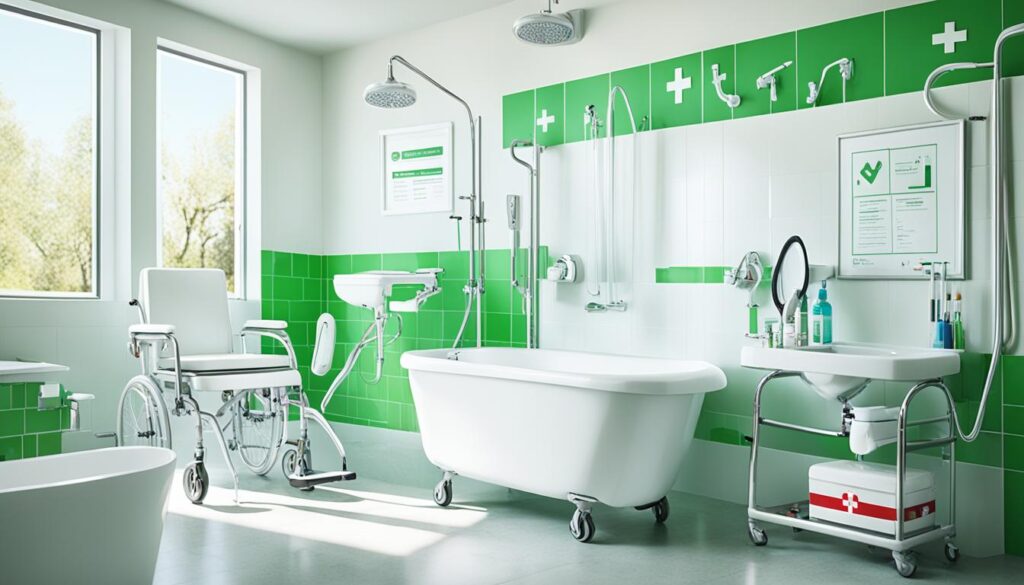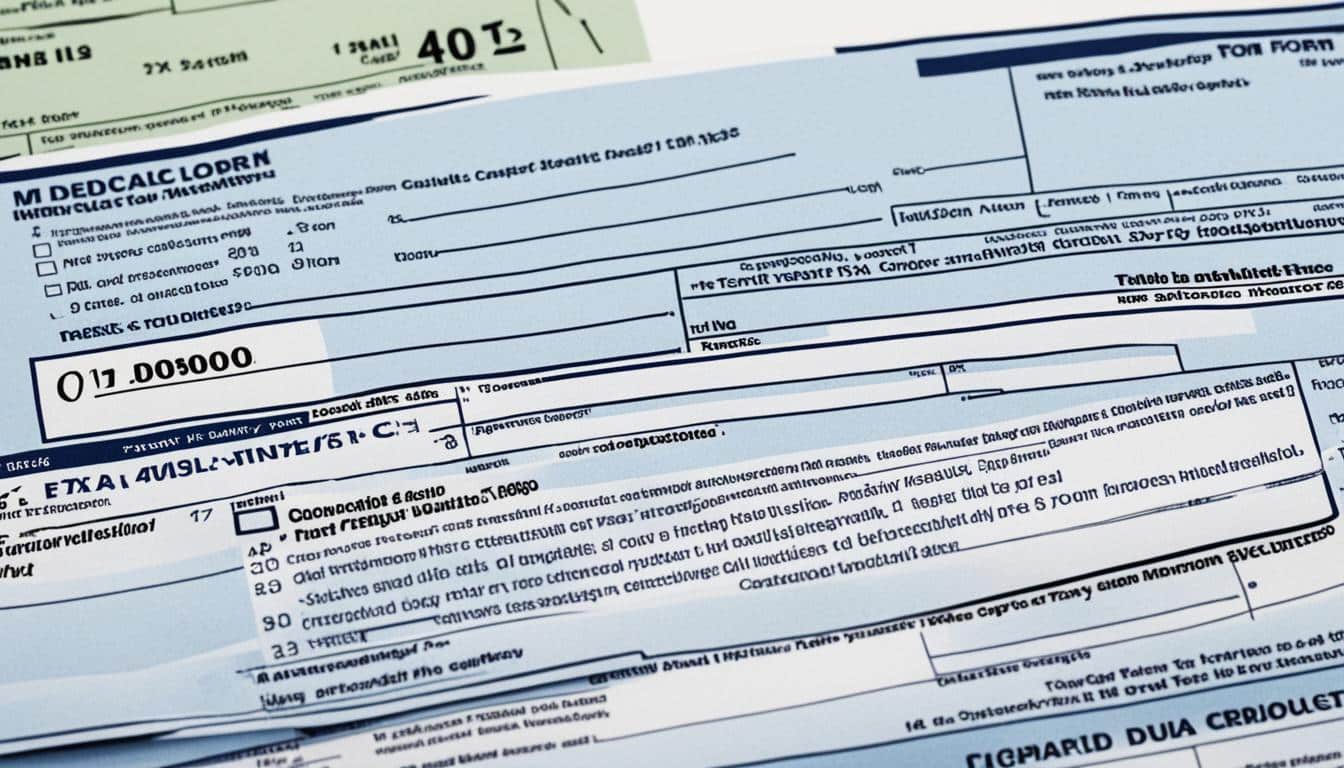Imagine you’re upgrading your home with a walk-in tub for safety. You might wonder if you can get tax deductions too. Here’s the good news: under certain conditions, you can make your walk-in tub tax-deductible. Although original Medicare usually doesn’t cover them, there are some exceptions. Some Medicare Advantage plans, for instance, do provide extra benefits that can help cover these costs.
In addition, your eligibility for Medicaid might mean you can get financial help for the tub’s purchase and installation. Veterans also have options. They can get help with home modifications like walk-in tubs through Veterans’ Affairs grants and the HISA Grant. If the tub is for a medical safety need, that might make the cost count as a medical expense. This could lead to a tax deduction. And, if you’re caring for a dependent, you might get the Dependent Care Tax Credit.
Key Takeaways
- Walk-in tubs can sometimes get you tax benefits.
- Medicare Advantage plans might help with the costs.
- If necessary, State Medicaid programs may fund the tub.
- Veterans’ Affairs grants and the HISA Grant can provide assistance.
- Tax deductions are possible if the tub is for medical safety.
- Having a dependent might qualify you for the Dependent Care Tax Credit.
Understanding the Tax Deductibility of Walk In Tubs
Getting a walk-in tub isn’t just good for your safety. It’s also beneficial for your taxes. By knowing the IRS regulations, you can save money. This is how you can get tax deductions for medical expenses and walk-in tubs.

What Qualifies for a Medical Tax Deduction?
The IRS looks at whether the expense helps prevent or reduce a health issue. So, your walk-in tub should be seen as necessary for your health. It can’t just be something nice to have.
The Role of Medical Safety and Necessity
Proving the tub is essential for your medical safety is key. If your tub makes dealing with a physical issue safer, you might be able to claim the deduction. Make sure to have strong evidence of its medical need.
Documentation Required for Tax Deductibility
To get the deduction, you’ll need documents to prove its medical need. A prescription or a detailed doctor’s note is a must. You may also have to show how the tub fits your bathroom and helps with mobility now and later.
IRS Rules for Walk In Tub Tax Deductions
Knowing the IRS’s walk-in tub tax write-off rules can help you save more on taxes. The IRS has strict criteria for what counts as a medical deduction. We’ll explain what medical expenses qualify and how to show the IRS your walk-in tub is medically necessary.
Eligible Medical Expenses
The IRS lets you deduct medical costs if they help diagnose, treat, or prevent disease. This includes payments to doctors, surgeons, and dentists. A walk-in tub’s cost could be part of these eligible expenses.
How to Prove Medical Necessity to the IRS
Getting a tax break for your walk-in tub requires more than a receipt. You need a doctor’s note saying the tub is necessary for your health. Also, clearly separate the tub’s cost and its installation from general home repairs.
Here’s a summary to guide you through the IRS process:
| Requirement | Details |
|---|---|
| Medical Expense Eligibility | Expenses must relate to disease diagnosis, cure, treatment, or prevention. |
| Proof of Medical Necessity | You need a doctor’s note explaining the medical need for the walk-in tub. |
| Expense Breakdown | Show the IRS how the tub’s costs differ from usual home improvements. |
Are Walk In Tubs Tax Deductible?
Thinking about buying a walk-in tub and wondering about tax deductions? The simple answer is yes, it’s possible. The IRS offers deductions that can lead to big tax savings when you buy a walk-in tub.
How to Claim Walk In Tubs as a Deduction
For a walk-in tub tax deduction, you have to list individual deductions on your taxes. Keep detailed records of your walk-in tub purchase and installation. Make sure to have a doctor’s note stating the tub is medically necessary. Your medical costs must be more than 7.5% of your yearly income to qualify. So, keep your receipts for these potential savings.
Examples of Tax Savings from Walk In Tub Installation
Let’s look at a scenario to understand how this could save you money. Say you’re in the 22% tax bracket and you buy a walk-in tub for $10,000. You may cut your tax bill by $2,200 (22% of $10,000). This shows that installing a walk-in tub can lead to considerable tax savings.
It’s wise to talk to a tax expert for more personal advice. But these examples highlight the potential savings. While claiming these deductions might take some effort, the benefits are significant.
Conclusion
Understanding the tax deductibility of walk-in tubs leads us through a mix of challenges and rewards. They might not be covered by all insurances, yet they can often be claimed as tax deductions.
If a walk-in tub is vital for your health and is recommended by a doctor, it could be tax deductible. Remember, you need to keep records of the costs and make sure they cross the 7.5% AGI threshold.
Fulfilling these conditions could significantly lower your tax bill. It turns the purchase into a wise financial and health investment for your home. Remember, having a tax advisor on board can maximize these benefits for you.
So, can you deduct walk-in tubs on your taxes? Yes, you can under certain circumstances. Knowing this can make investing in one worthwhile, improving both your home’s safety and your tax situation.








